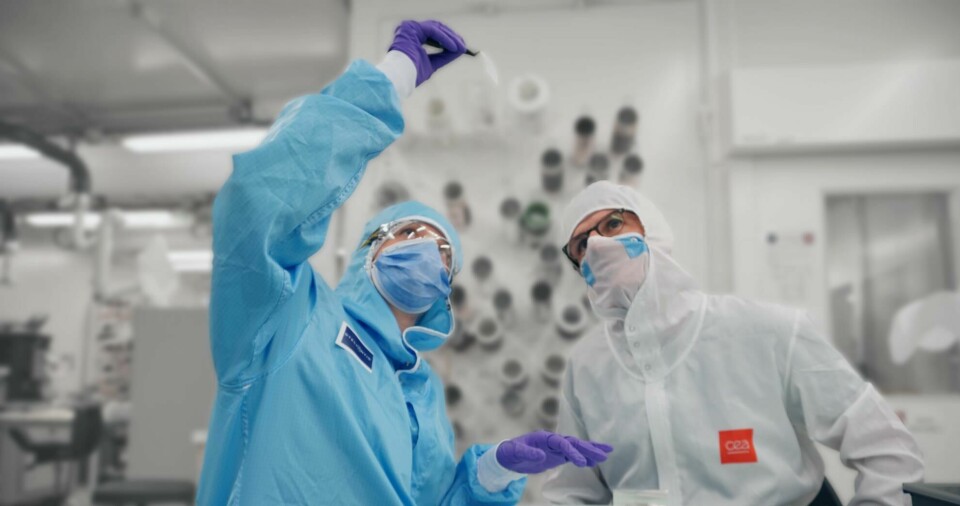Stellantis and French energy expert CEA collab on next-gen battery cell tech
In a five-year collaboration, automaker Stellantis and France’s CEA will develop next-gen EV battery cells. The partnership targets advanced technology with improved performance, durability, and sustainability, potentially leading to more affordable electric vehicles.

Stellantis has forged a half-decade alliance with the French Alternative Energies and Atomic Energy Commission (CEA), a prestigious global research body, to develop next-generation battery cells for electric vehicles (EVs). The collaboration aspires to produce advanced battery technology that delivers superior performance, extended lifespan, and a reduced carbon footprint, all while remaining cost-competitive. The partnership is focused on battery cell developments which result in more affordable and sustainable EVs.
Ned Curic, Stellantis Chief Engineering and Technology Officer, commented: “We know that battery technology is poised for change. While we don’t know exactly how it will change, we are committed to be at the forefront of this transformation. Internally, we are working around the clock placing multiple bets and exploring various technologies.
“At the same time, we are collaborating closely with tech startups, laboratories, universities, and the most prestigious research institutions in the world like CEA. We believe that this collaboration will accelerate the arrival of disruptive battery cell technology, supporting our mission to offer clean, safe and affordable mobility to our customers.”
The CEA’s Energy Division, known for its pioneering efforts in decarbonisation, will spearhead these innovations. As a Research and Technological Organization (RTO), the CEA is dedicated to fostering industrial innovation and technological advancements that confer market differentiation and competitive edge to its collaborators.
Philippe Stohr, Head of CEA Energy division, said: “CEA is proud to support Stellantis with an ambitious multi-year R&D program on battery cells, which takes place in the frame of CEA/Stellantis global partnership.
“This exciting project makes the best use of more than 25 years of expertise in the field of Li-ion batteries at CEA to the benefit of one of the major automotive actors in the competitive race for electrical mobility. Our challenge is to speed up design and fabrication and to allow deep understanding of the most advanced cells technologies by sharing our expertise, skills and vision.”
The principal objective of this joint endeavour is to equip Stellantis and its gigafactories with state-of-the-art EV batteries, lowering costs and enhancing technology.
This project extends a 20-year collaborative relationship with the CEA, encompassing research areas such as disruptive chemistries, carbon footprint analysis, battery modelling, fuel cell development, life cycle assessment, and connectivity.
This partnership underscores Stellantis’ relentless pursuit of the goals outlined in its Dare Forward 2030 strategic plan. The company remains on target to achieve carbon net-zero status by 2038, across all emissions scopes, with a minimal percentage of residual emissions.



